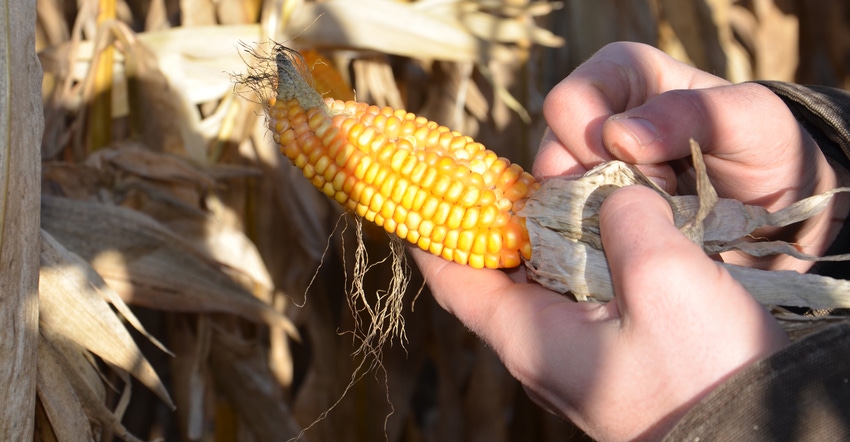August 29, 2018

Indiana’s climate is changing due to increasing levels of greenhouse gases and moisture in Earth’s atmosphere. That trend is going to pick up steam in the years to come. That’s the word from the Purdue (University) Climate Change Research Center in a recently released report.
The report was presented by a panel that included Jay Akridge, former dean of the Purdue College of Agriculture; Karen Plaut, the current agriculture dean; Jeff Dukes, PCCRC director and a Purdue forestry professor; and Laura Bowling, the report author and a Purdue agronomy professor. It compiled the work of more than 90 Purdue professors working on the issue of climate change. The methodology includes data from 10 different climate models that are in high agreement regarding many predicted changes.
Of three possible scenarios, the report’s findings assume a middle-of-the-road approach. That means global greenhouse gas emissions must be significantly reduced almost immediately and peak in the 2040s before declining. The higher-emissions scenario represents the Earth’s current trajectory, with the environmental consequences becoming much more pronounced by the end of the century.
Key findings
The report includes nine key findings. Significant takeaways from the report are explained here:
1. Assuming constant varieties, warmer night temperatures have reduced corn yields. This refers to a trend toward increasing overnight temperatures during grain fill in late summer.
2. More frequent heat stress is expected to reduce Indiana corn yields. The trend could also include a doubling of summer water deficits, experts say. For current varieties, that could mean reduced corn yields of 16% to 20% by midcentury. Soybean yields are expected to decline 9% to 11%.
3. Indiana’s frost-free season is expected to start one month earlier by midcentury. However, average planting dates aren’t expected to significantly shift, due to increased spring rainfall limiting early access to fields. Observations over the last 30 years show a declining number of days suitable for spring fieldwork in Indiana. This trend is expected to continue.
4. Changes in the onset and breaking of winter dormancy may increase risk. This will be most problematic for perennial tree and vine fruit. Some varieties may no longer be suitable for Indiana.
5. Higher temperatures will put Indiana livestock at increased risk of heat stress. More heat stress on livestock can lead to reduced feed intake, productivity and fertility. It can also directly affect milk production in dairy cattle if steps aren’t taken to mitigate the effect.
6. Warmer temperatures will negatively impact forage quality. Hay and forage is a big industry in Indiana.
7. Increasing winter and spring precipitation will increase tile flow. Look for a 30% to 50% increase in spring subsurface tile drain flow in Indiana by midcentury. More extreme rain events will also cause more soil erosion.
8. Warming temperatures could increase rates of soil organic matter decomposition. The potential exists for soil organic matter decomposition to increase by about 50% by midcentury.
9. Look for warmer winters, wetter springs and hotter summers. These may result in increasing weed, pest and disease pressure in the state’s agricultural production processes.
Boone writes from Wabash, Ind.
About the Author(s)
You May Also Like






